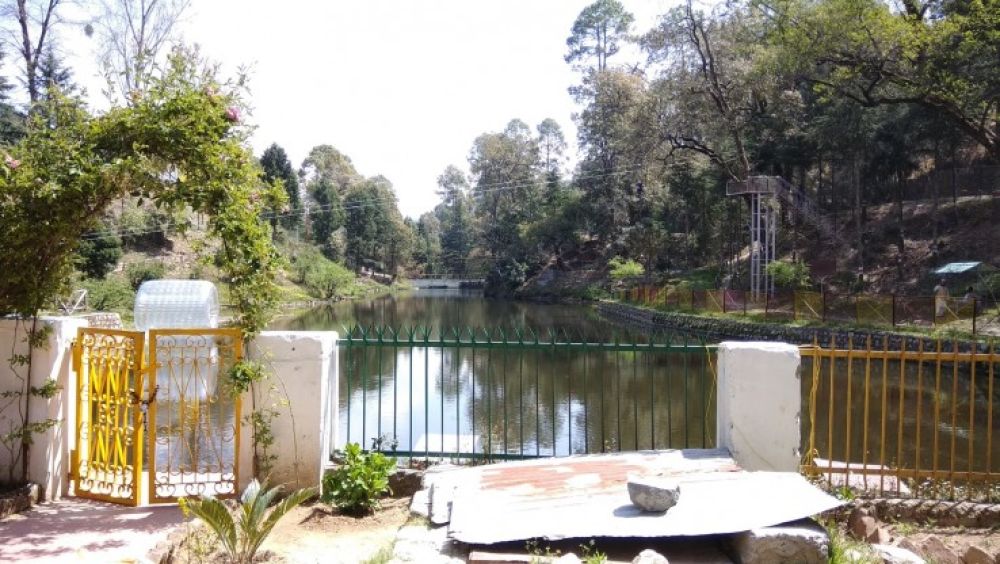

The quaint town of Almora, nestled in the laps of the Himalayas of Uttarakhand, is a blend of cultural heritage and natural splendor. Rani Jheel is one of the recent additions to the town's tourism landscape. It was built under the guidance of the Cantonment Board to collect and harvest rainwater. The picturesque artificial lake is named after Queen Padmini of Almora, reflecting the region's strong connection to its regal past.
Though not steeped in the ancient history like the rest of Almora, Rani Jheel has quickly established itself as a sought-after destination since its development. The objective was not only to conserve water but also to provide a recreational space to both locals and tourists. The promotion of Rani Jheel as a tourist attraction is relatively new in comparison to the age-old temples and colonial establishments which have placed Almora on the tourism map for centuries.
Initial tourism in Almora was primarily driven by its status as a cantonment during the British Raj and the natural beauty that surrounds the town. With time, the focus diversified to include cultural tourism, with emphasis on local festivals, cuisines, and crafts. Rani Jheel, although modern compared to the historical shrines and monuments around, complements the mix of attractions Almora offers with its serene environment and the adventure activities it supports.
Once recognized for its value, Rani Jheel began to feature in travel itineraries as a place for picnicking, boating, and enjoying the panoramic view of the mountains. Its easy accessibility and family-friendly environment have since drawn a steady flow of visitors.
In recent years, Almora's tourism industry has seen a shift towards ecotourism and sustainable practices, reflecting a global trend in travel preferences. Tourists are increasingly seeking destinations that offer experiences in harmony with nature while minimizing their ecological footprint. Rani Jheel aligns with this trend, being an eco-friendly project that provides recreational activities without disturbing the local ecosystem.
Another trend is the rise in adventure tourism, where destinations like Rani Jheel offer opportunities for boating and leisurely walks along its banks against the backdrop of the Himalayas. The relative solitude and uncrowded spaces of Rani Jheel are also attractive for those looking to escape the bustle of more frequented tourist spots.
Additionally, there's a growing emphasis on wellness tourism, where guests focus on health and well-being during their travels. The clean, crisp air around Almora and activities like walking around Rani Jheel feed into this trend effectively.
Finally, digital nomadism has emerged as a lifestyle trend, with remote workers looking for destinations providing a mix of tranquility and connectivity. Almora, with Rani Jheel offering a peaceful retreat amidst nature, appeals to this steadily growing segment of travelers.
Though Rani Jheel is a newer addition to the tourism highlights of Almora, it holds its own with an array of offerings for the modern traveler. Its conception as a sustainable project for water collection adds to the tapestry of Almora's rich cultural and historical tourism. The evolution of tourist interests keeps shaping the destination's development, cementing Rani Jheel's position on the must-visit lists of travelers to this region of Uttarakhand.